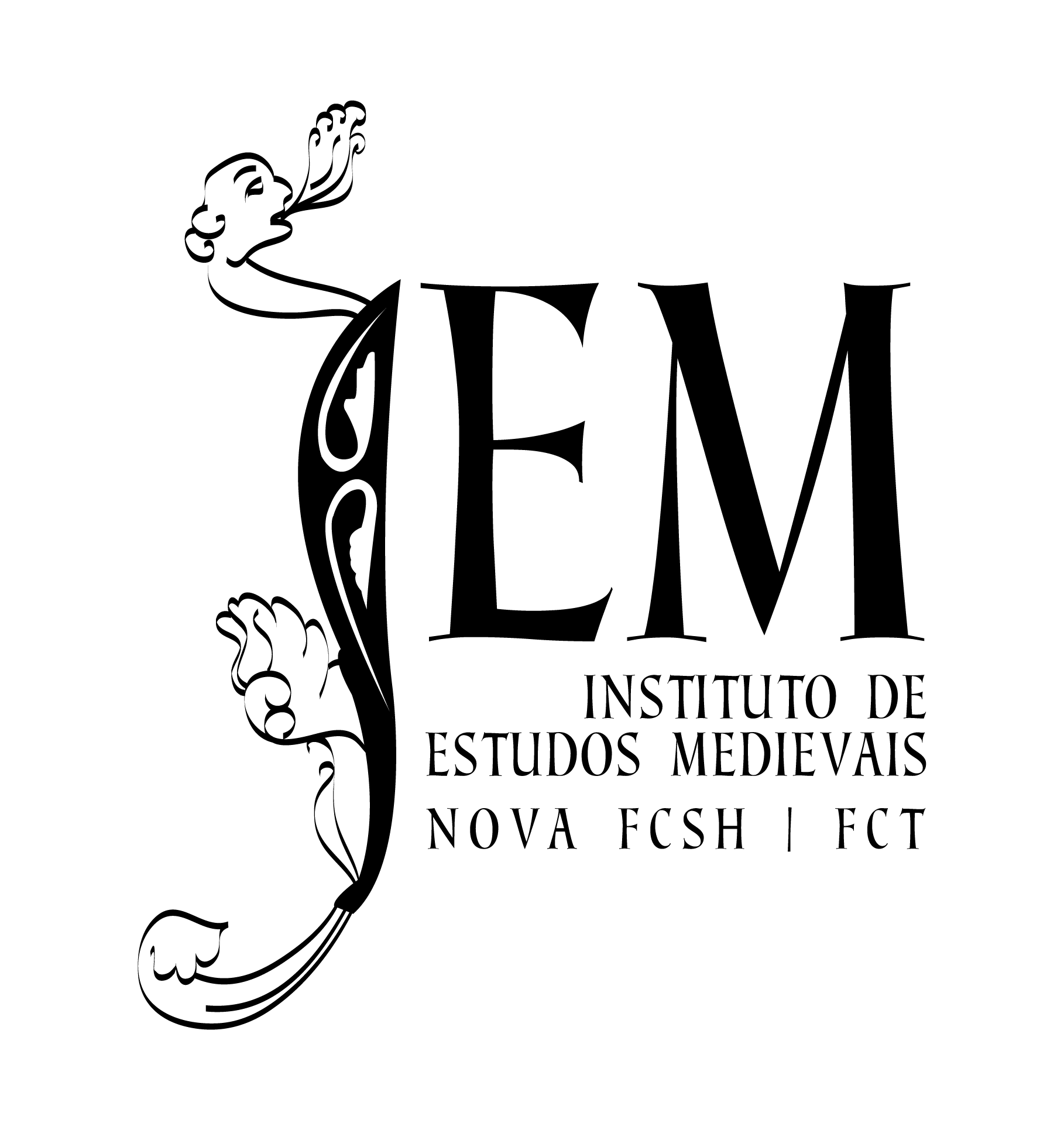Medieval troubadour
Bibliographic notes
Portuguese troubadour from the initial stage of the troubadourean movement whose work was lost. In fact, although his name is recorded in the Colocci Index as the author of two songs, none has reached us, since they would be placed in the initial folios, now lost, of the Biblioteca Nacional Songbookt.The Palmeira lineage (that owes its name to a village north of Braga), coming from Galician ancestors that established themselves in Portugal at the beginning of the 12th century, took on a prominent role in the Portuguese courts throughout that century. Although that doesn’t seem to be the case in the 13th century, a branch of that lineage, under the Pereira surname, will again play a central role starting in the mid-14th century (from the famous Prior do Crato, Álvaro Gonçalves Pereira, father of Dom Nuno Álvares Pereira). These data are pertinent when tracing a biography of this troubadour, since the Books of Lineages mention two homonyms, Pero Rodrigues de Palmeira and Pero Rodrigues de Pereira. If they aren’t the same person, which is possible, then the troubadour should be the first, not only for documental reasons, pointed ahead, but also by the elucidative reference that the Books of Lineages add to his name: “o que morreu de amor” (he who died of love) (a reference that may only be, as José Carlos Miranda1 suggests, a sign of the strangeness the troubadourean love songs provoked in their contemporaries).
As to the biography of Pero Rodrigues de Palmeira, we know that he was the son of Rui Nunes of Asturias (who came to Portugal with Count Dom Henrique) and Elvira Gonçalves de Palmeira, and that he should have been born around 1160. Brother of Dom Martinho Rodrigues, bishop of Oporto (1191-1235), Pero Rodrigues is already an adult in the final years of King Dom Afonso Henriques reign, being documented as lieutenant of Trancoso and Viseu between 1180 and 1183. It is possible that he left Portugal later on, since there is no trace of his presence in Portuguese territory in the following years. But that being so, he later returned, since his least known document, made before the bishop of Braga and concerning the monastery of Landim, is dated 1225. We ignore the date of his death, but it is possible that it occurred shortly thereafter.
Bibliographic references
1
Miranda, José Carlos
(2004),
Aurs mezclatz ab argen. Sobre a primeira geração de trovadores galego-portugueses
Porto, Edições Guarecer


